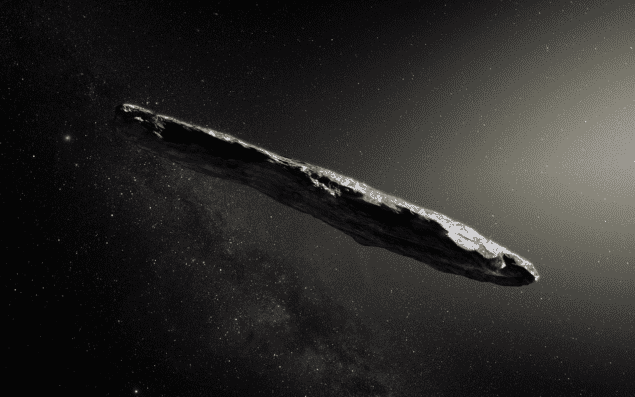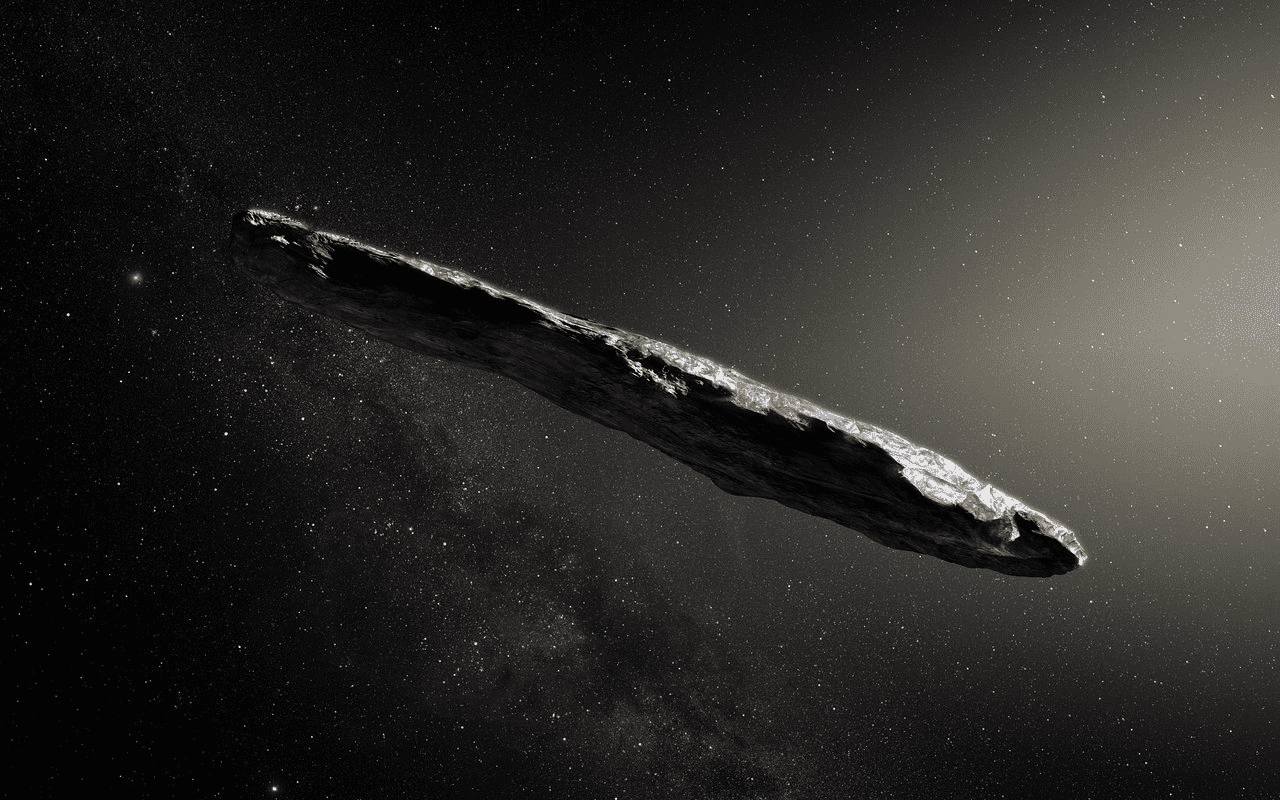
Breakthrough Listen is an organization that searches for evidence of technological life by surveying one million nearby stars in the Milky Way as well as 100 nearby galaxies. The search has been going for five years and uses a wide range of radio and optical bands.
Needless to say, no definitive evidence of life has been found. In a bid to expand the scope of the search, Breakthrough Listen has come up with a catalogue of “Exotica”, which includes 700 distinct objects that will targeted in the search. The idea is to go beyond the usual targets of stars that could have Earth-like planets and look at “one of everything” in the observable universe.
The targets range from comets to galaxies as well as some of the most rare and violent celestial phenomena. Examples include Tabby’s Star, which has a bizarre dimming behaviour; and the interstellar object ’Oumuamua, which passed near Earth in 2017.
Cubestat scientist
Julie Sage runs experiments in space on cubesats and hosts a science news channel on YouTube – not bad for a 16-year-old. In this Via Satellite podcast, Sage talks about the challenges of being a young scientist, space exploration and communicating science to young people.
In the video below, Sage talks about Physics World‘s favourite crustacean: the mighty mantis shrimp.
